When it comes to European destinations, few countries can match Spain’s varied historical and cultural offerings. This Southern European country is home to 15 UNESCO World Heritage Cities. To give you an idea, we’re not talking about Heritage Sites but whole towns.
Each of these World Heritage Cities in Spain is special due to its historical past, monuments, ancient ruins, landscapes and a series of other factors that were considered to be awarded such a prestigious title.
Here we show you 15 World Heritage cities you must visit in Spain, a collection of some of Europe’s most important historical destinations. Most of these cities (except for island towns Ibiza and San Cristóbal de la Laguna) can be visited by train.
15 World Heritage Cities You Must visit in Spain
1. Alcalá de Henares (Madrid)
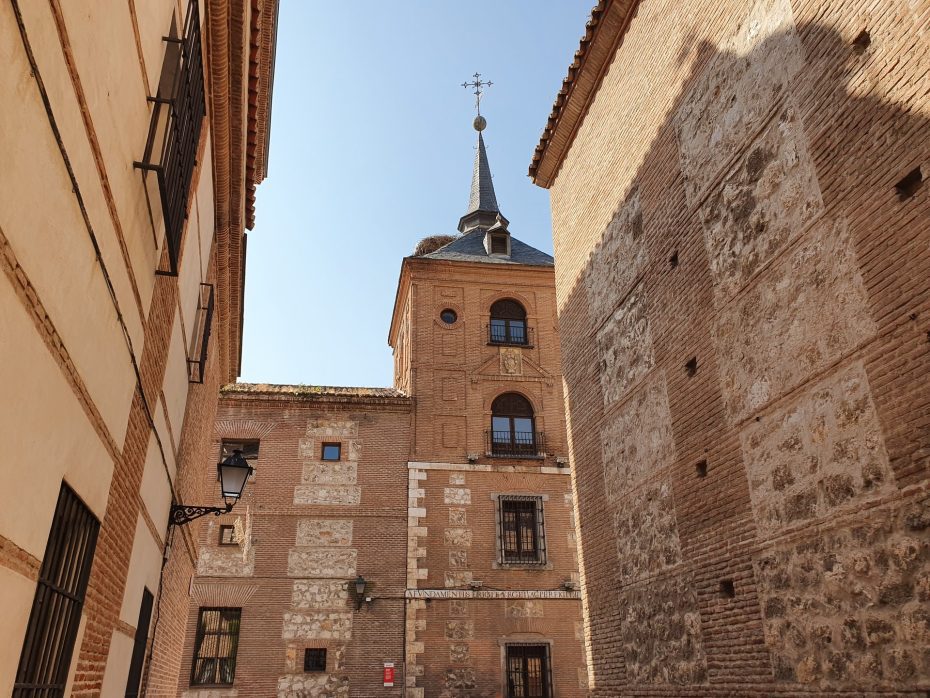
Alcalá de Henares is located close to Madrid, in the Henares river basin, and its name means “Castle on the River”.
The city is famous for being the birthplace of the renowned Spanish writer Miguel de Cervantes and for its old university, which gives it the nickname “the City of Knowledge”.
Some attractions and must-see tourist sites in Alcalá de Henares are the Cisneriana University, Calle Mayor, the Archbishop’s Palace, Puerta de Madrid, the Alcalá la Vieja Castle, the Juan Carlos I gardens and the House of Cervantes.
Alcalá de Henares is also home to colourful festivals and cultural events such as the Alcalá Fair, the Gastronomic Week, Teatralia, the Festival of the Word and many spring concerts. It also has four theatres and a large number of museums.
2. Ávila (Castile and León)
Ávila is a city that stands out for its historical and architectural legacy. The symbol and pride of the inhabitants of Ávila is its wall, a majestic medieval construction that is among the best preserved and most visited monuments in Spain.
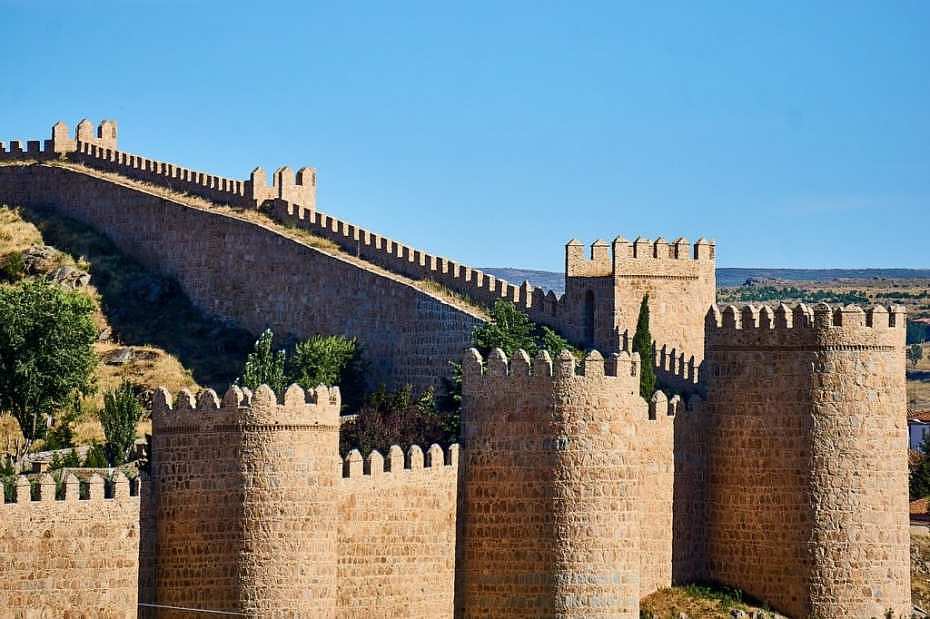
This Romanesque defensive construction surrounds Ávila’s Old Town. It is 12 metres high and has a two-and-a-half kilometre perimeter. It is possible to visit it every day from 10:00 a.m. to 3:00 p.m. and from 5:00 p.m. to 11:00 p.m. in winter and from 10:00 a.m. to 6:00 p.m. in summer.
Another popular place in the city is the monument of the Four Posts, from which you get the best views of Ávila. Other historical treasures of the famous walled city include the Convent of Santa Teresa, the Royal Monastery of Santo Tomás and the Cathedral of Ávila, considered the first grand Gothic church in Spain.
3. Baeza (Jaén, Andalusia)
Baeza also called “the Royal Nest of Hawks”, preserves part of its Renaissance heritage and the first years of Spain as a monarchy.
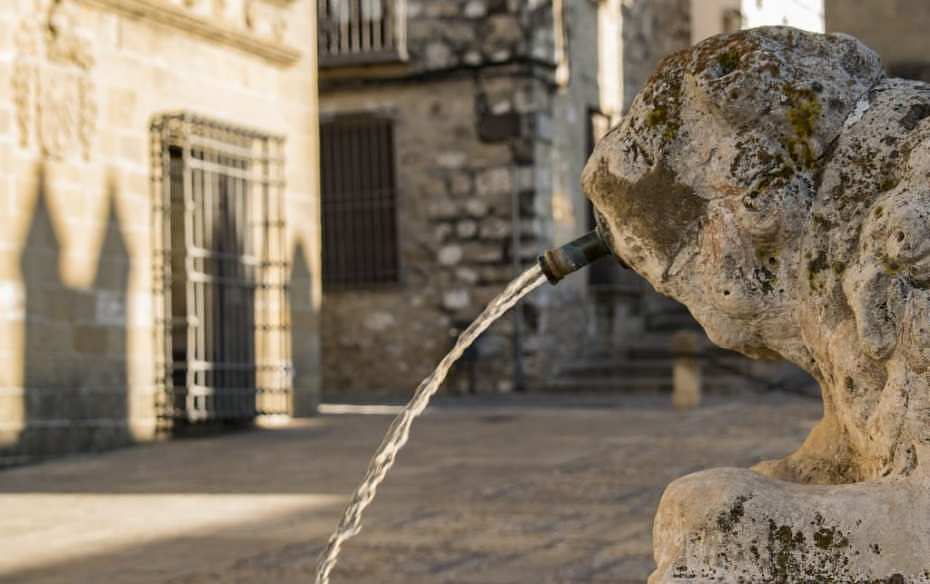
This charming town has a medieval appearance, golden stone architecture, narrow streets, palaces and squares.
A medieval tour of Baeza can start by visiting the cathedral, the most important religious icon of the city and the most significant representation of Renaissance architecture in the Jaén province.
Other attractions in Baeza include the Santa María fountain and the Aliatares tower.
4. Cáceres (Extremadura)
Cáceres is also called the “old city” or the “monumental city of Extremadura”.
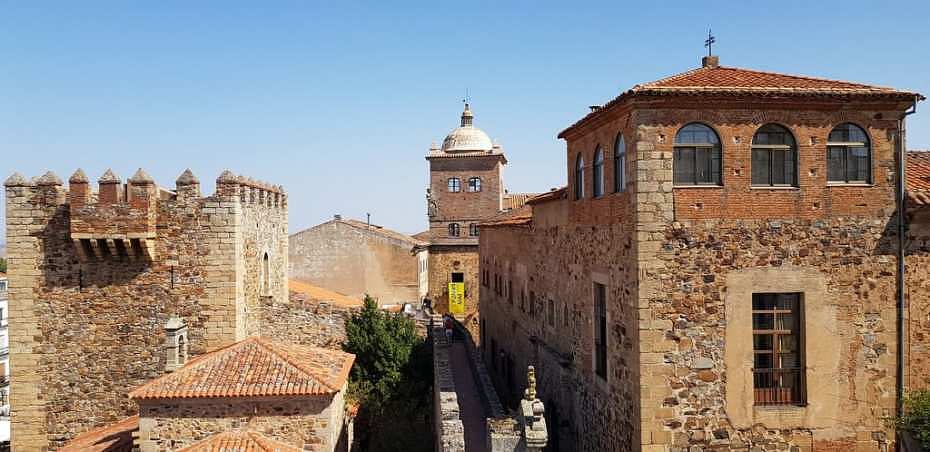
Like Baeza, it is one of the most famous medieval complexes in the world. It’s known for its cobbled streets and many towers.
Its most notable monuments include the Cathedral of Santa María, the Palacio de las Veletas (provincial museum of Cáceres), the Palacios de los Golfines, the Casa del Sol, the Tower of Bujaco and the Arco de la Estrella.
Furthermore, Cueva de Santa Ana is one of Spain’s most important archaeological sites, dating back between 600,000 and 800,000 years.
5. Córdoba (Andalusia)
Córdoba is located at the foot of the Sierra Morena and stands out as one of the most visited destinations in Andalusia, along with Seville, Granada and Málaga.
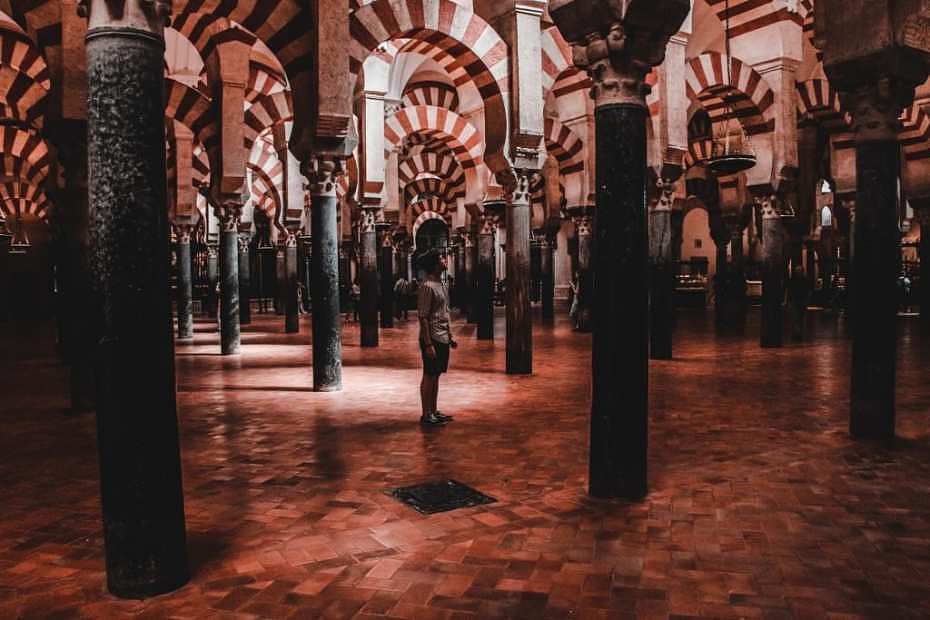
Cordoba currently has four World Heritage Sites; its Mosque-Cathedral, historic city centre, courtyards and, more recently, Medina Azahara, making it the Spanish city with the most World Heritage Sites.
It is also known for having the second-largest old town in Europe and a masterful collection of Roman monuments.
The symbol and icon of the well-named “millennial city” is its Mosque-Cathedral, the second most important monument in Andalusia (after the Alhambra) and one of the most visited in Spain.
Some of the best things to do in Córdoba include walking around the old town, visiting the Roman bridge and, if you travel in spring, attending the Patios festival.
6. Cuenca (Castilla-La Mancha)
Cuenca is a city in Castilla-La Mancha on a rocky hill next to the Júcar river.
This walled destination is divided into the Old Town, home to most historical attractions, and the so-called New City, where the commercial part of Cuenca is located.
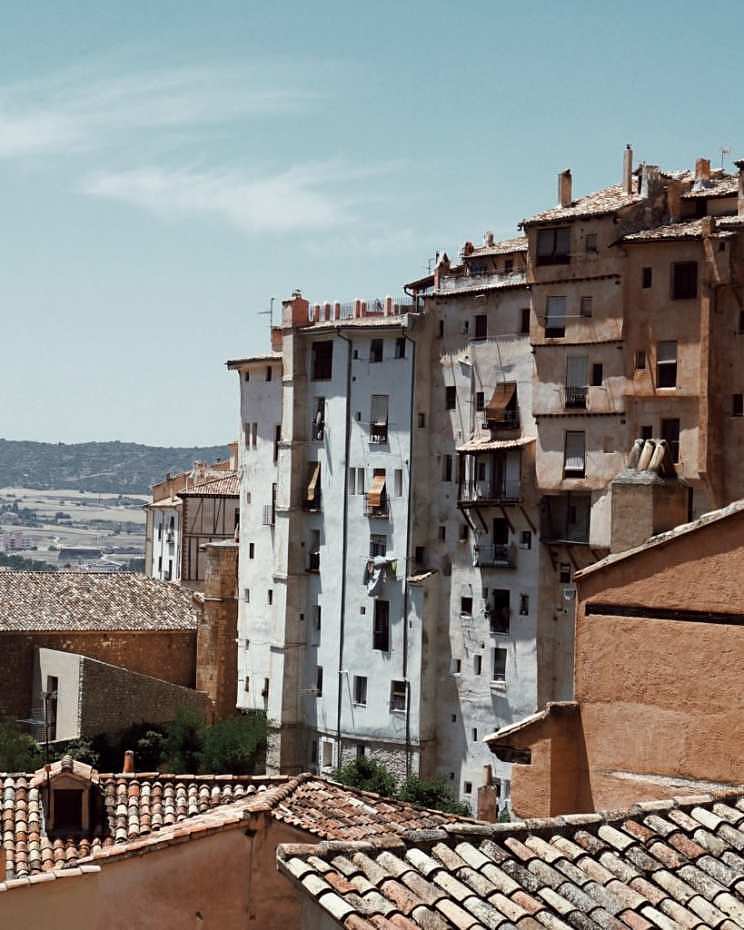
Cuenca is set apart from other Spanish destinations thanks to its iconic Hanging Houses, a complex of wooden buildings with impressive balconies literally hanging on rocky cliffs.
The city is especially beautiful at sunset when its rocky walls and beautiful farmhouses look best.
The cathedral and Plaza Mayor are some of the other unmissable Cuenca attractions.
7. Ibiza (Balearic Islands)
Ibiza is an ideal destination for the summer holidays.
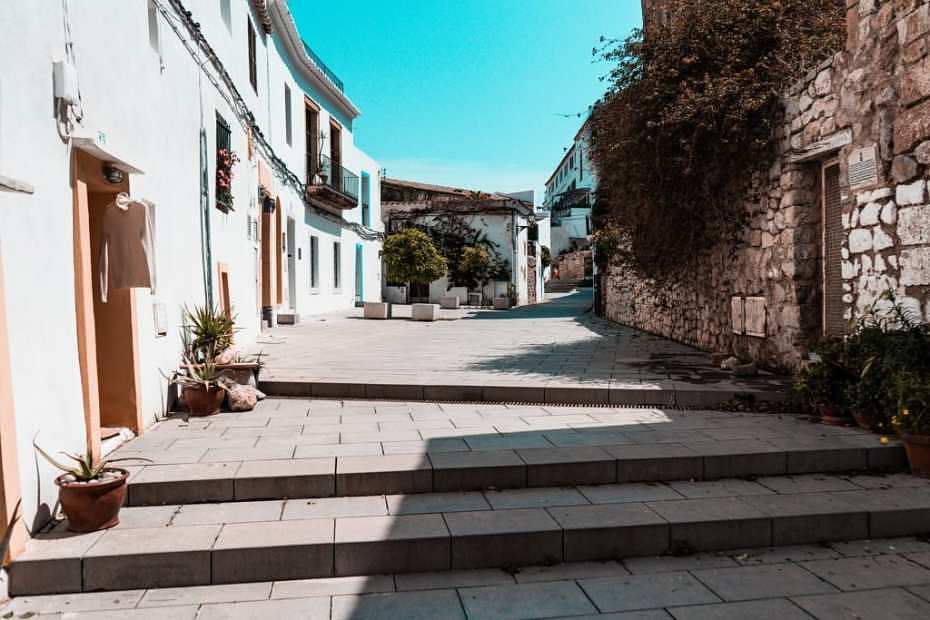
This island is in the Mediterranean Sea and part of Spain’s Balearic Islands.
Ibiza is a party destination par excellence. It is the venue for important music festivals such as the Lovin Ibiza festival, the Ibiza Music Summit, the Ibiza Zouk Dance festival and the Creamfields Ibiza festival.
Ibiza’s bars and clubs attract thousands of tourists every year.
Ibiza was named a UNESCO World Heritage Site for its natural diversity, exciting culture and the beauty of its beaches.
Sas Figueretas, Talamanca, Cala Grasió, Cala D’Hort and Cala Salada are some of its most visited beaches and coves.
Other unmissable plans in Ibiza are to walk through the Dalt Vita neighbourhood, visit the port and see the cathedral.
8. Mérida (Extremadura)
Mérida is located in the central zone of Extremadura and is crossed by the Guadiana and Albarregas rivers.
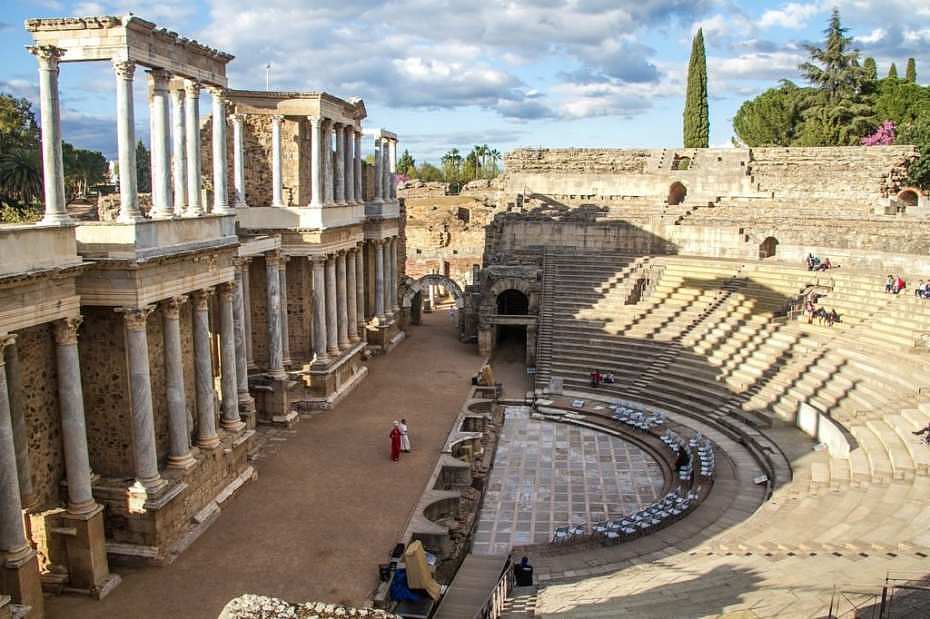
The Archaeological Ensemble of Mérida is one of Spain’s most important collections of Roman architecture.
Mérida was named a UNESCO World Heritage Site for its historical value and well-preserved architecture, as well as its importance for tourism in Extremadura and Spain in general.
The Teatro Romano de Mérida hosts multiple musical events and plays by important Spanish and international artists.
Other popular tourist sites in Mérida and essential for those who visit the city are the Iron Bridge, the Lusitania Bridge, the Plaza de Toros and the Jesús Delgado Valhondo Library.
9. Salamanca (Castile and León)
Salamanca is called a city of Castilla y León.
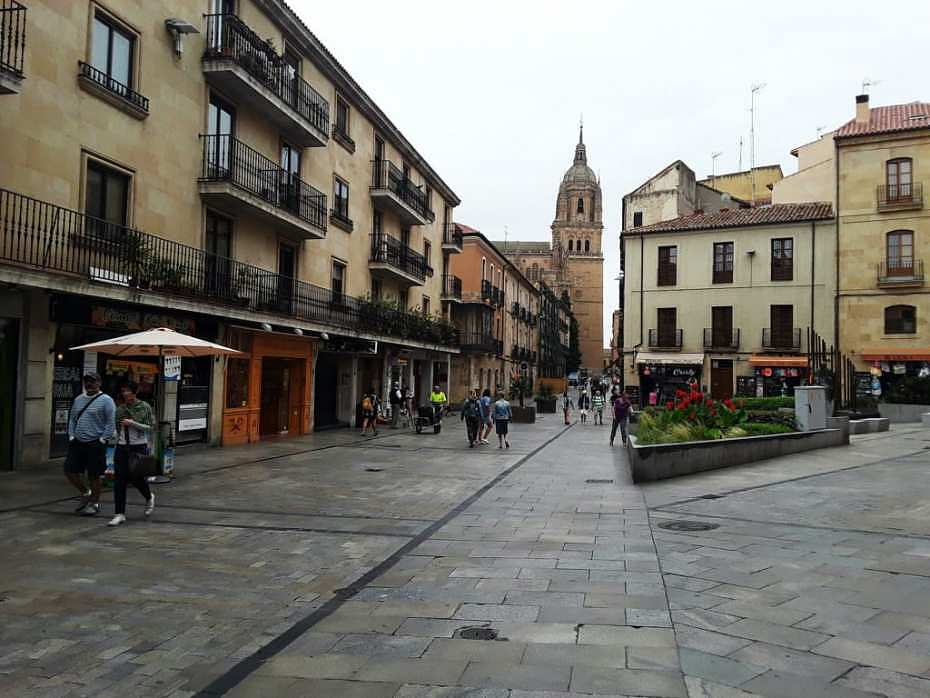
The heart of the city is Plaza Mayor, one of the most beautiful and best preserved squares in the world.
Salamanca is home to a large number of museums, including the Art Nouveau and Art Deco Museum, the History Museum, the Commerce Museum and the Cathedral Museum.
The old town is also home to architectural wonders such as Casa Lis, the Roman Bridge and the garden of Calixto and Melibea.
One of the things that sets Salamanca apart is its two cathedrals, the oldest one, the cathedral of Santa María in Romanesque style, and the New Cathedral, which has gothic style and a baroque dome.
10. San Cristóbal de la Laguna (Tenerife)
San Cristóbal de la Laguna, also known as La Laguna, is located on the Island of Tenerife.
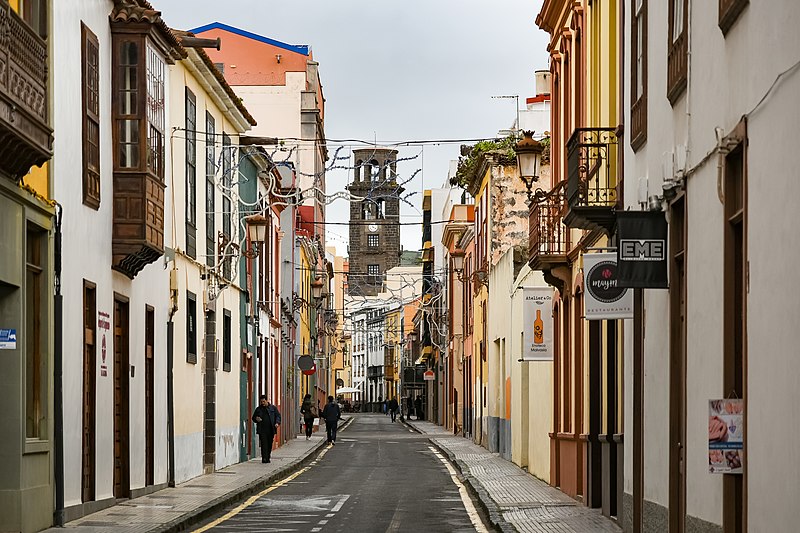
The city was nicknamed “the Florence of the Canary Islands” due to its large number of churches and convents.
Those who have visited the Lagoon often compare it to cities such as Havana, Lima or even Cartagena de Indias for its colonial houses and striking colors.
The old town exhibits a variety of religious monuments such as the Cathedral of Nuestra Señora de los Remedios, the Royal Sanctuary of the Holy Christ of La Laguna and the Matriz de la Concepción church.
11. Santiago de Compostela (Galicia)
Santiago de Compostela is the capital of Galicia, famous for being, along with Jerusalem and Rome, an epicentre of Christian tradition and culture.
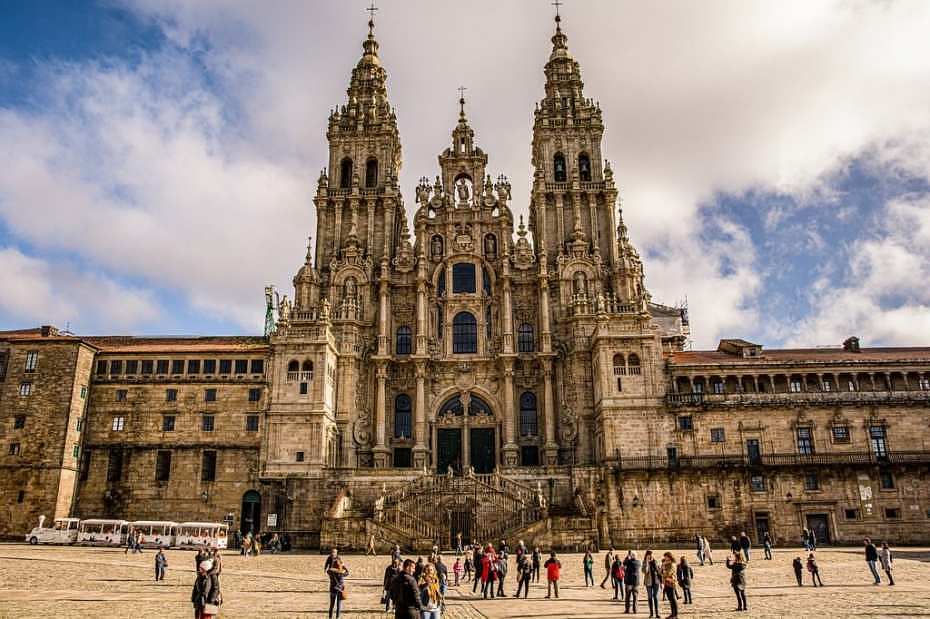
Santiago de Compostela is mostly known the story of the death and burial of the Apostle Santiago el Mayor stands out.
The city’s cathedral is dedicated to the Apostle Santiago and every year thousands of tourists gather to commemorate and carry on the famous tradition of the Camino de Santiago.
The old city of Santiago de Compostela brings together buildings in the Baroque, Neoclassical, Romanesque and Gothic styles, including the cathedral, Plaza del Obradoiro and the Rajoy Palace.
12. Segovia (Castile and León)
Segovia is a city located at the foot of the Sierra de Guadarrama, near the Eresma and Clamores rivers, in Castilla y León.
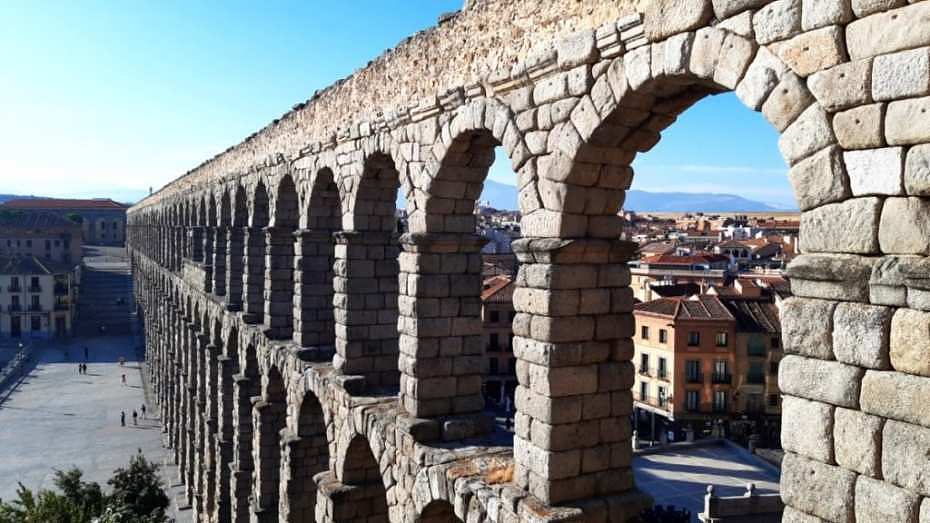
The Segovia aqueduct is the most important Roman civil engineering work in Spain and the most important ancient Roman structure in the country.
Despite being a small city, Segovia offers one of the best tourist itineraries in Spain.
Some of the most visited buildings in Segovia are the Alcázar, the Parral Monastery and the Vera de la Cruz Church
13. Tarragona (Catalonia)
The ancient city of Tarraco, currently called Tarragona, is a tourist destination that is part of the popular Costa Dorada.
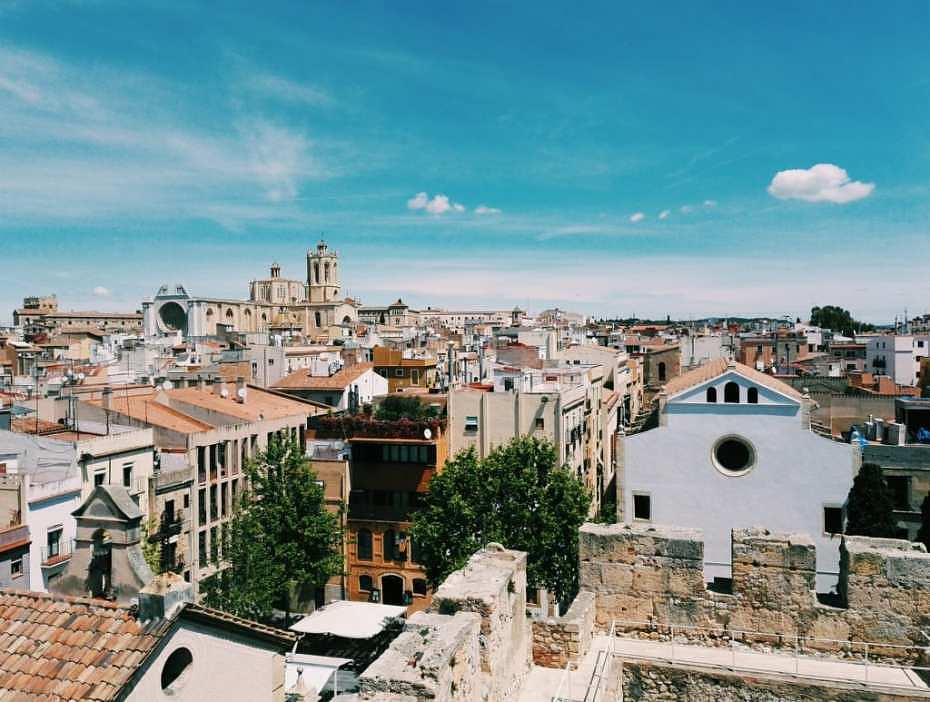
The archaeological complex of Tarraco is a World Heritage Site and includes Roman ruins and remains of Romanesque Spain.
Tarragona is home to the circus, the amphitheatre, the Tower of the Scipios, the Imperial Cult Enclosure, the Arc de Triomphe of Bará and a large aqueduct, all from Roman times.
The most important museums in Tarragona are the Diocesan Museum of Tarragona, the National Archaeological Museum, the Museum of Modern Art and the Theater of Tarragona.
Some of the events that take place in Tarragona are the Santa Tecla festivities, the Sant Magi festivities, the Castells Contest and the famous Tarragona Carnival.
14. Toledo
Toledo is the capital of the autonomous community of Castilla-La Mancha.
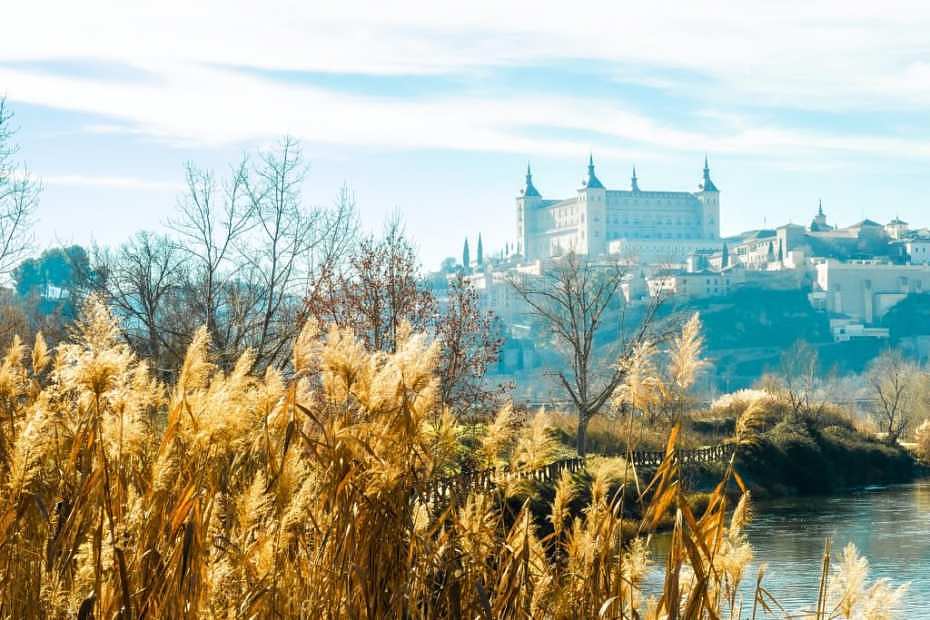
One of his most attractive collections is the monumental gates comprising the Puerta del Sol, the Puerta Nueva de Bisagra, the Puerta del Vado and the Puerta del Cambrón.
It is a city full of architecture and history. Some of its important buildings are the Galiana Palace, the Fuensalida Palace, the Amusco Palace, the Temple House, the Nuncio House, and the Archbishop’s Palace of Toledo, as well as the Santa Hermandad inn.
Some of the most visited museums in Toledo are the Santa Cruz museum and the El Greco museum, which preserves works of art by the illustrious painter Doménikos Theotokópoulos, known like El Greco, who lived for a time in Toledo.
15. Úbeda
Úbeda, the Capital of the Andalusian Renaissance, is a Spanish city and a municipality in the province of Jaén, belonging to the autonomous community of Andalusia.
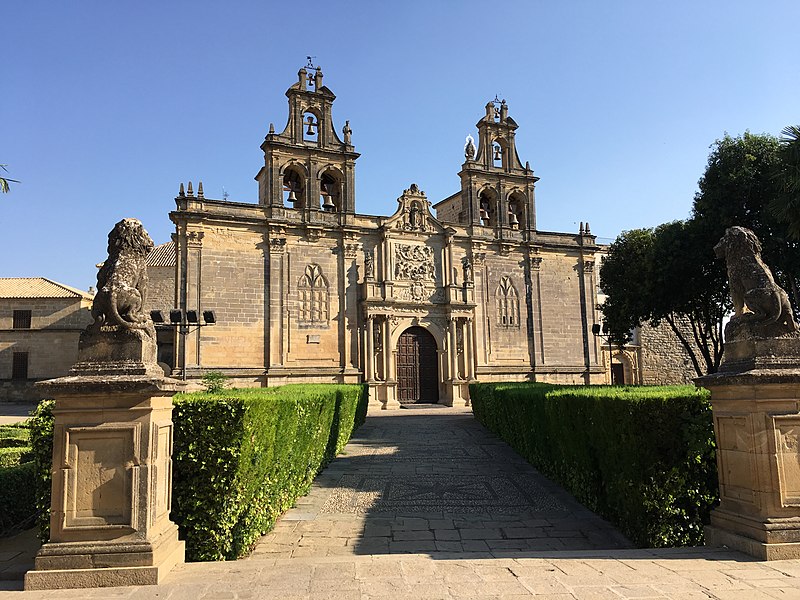
Part of the charm of this Andalusian city is that visiting it is like taking a walk through Renaissance Spain.
The old town of Úbeda is home to important relics such as the Sacra Capilla del Salvador, the Deán Ortega palace (current tourist hostel), the Palacio de las Cadenas (current town hall) and the Santiago hospital.
The Cañada Real de El Paso and the Mar de la Loma prove that Úbeda also preserves an important natural wealth.



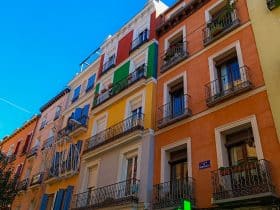
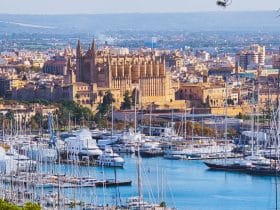

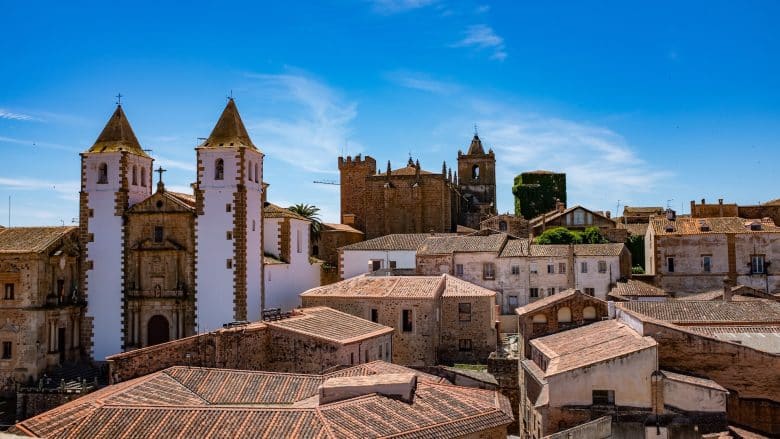
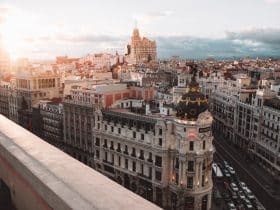
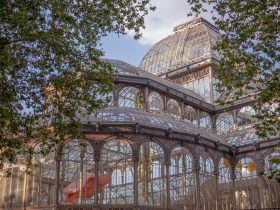
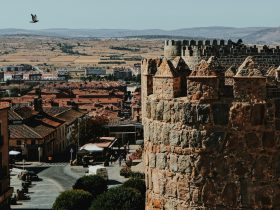

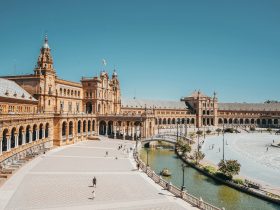
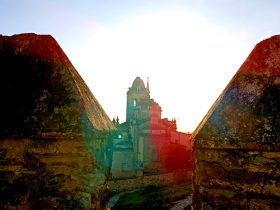




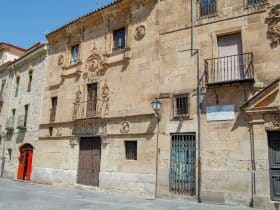
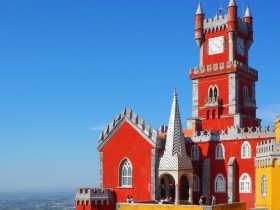
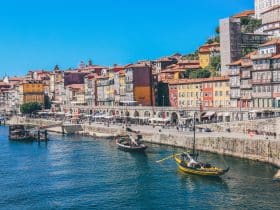
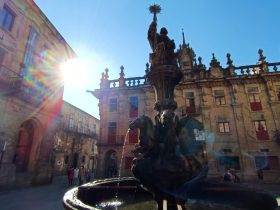
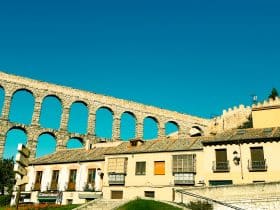


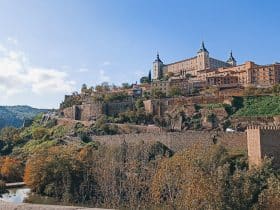
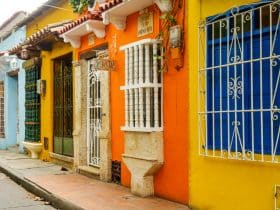














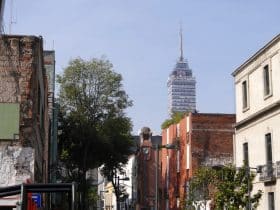
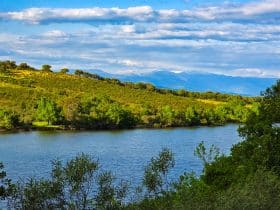
Leave a Reply
View Comments